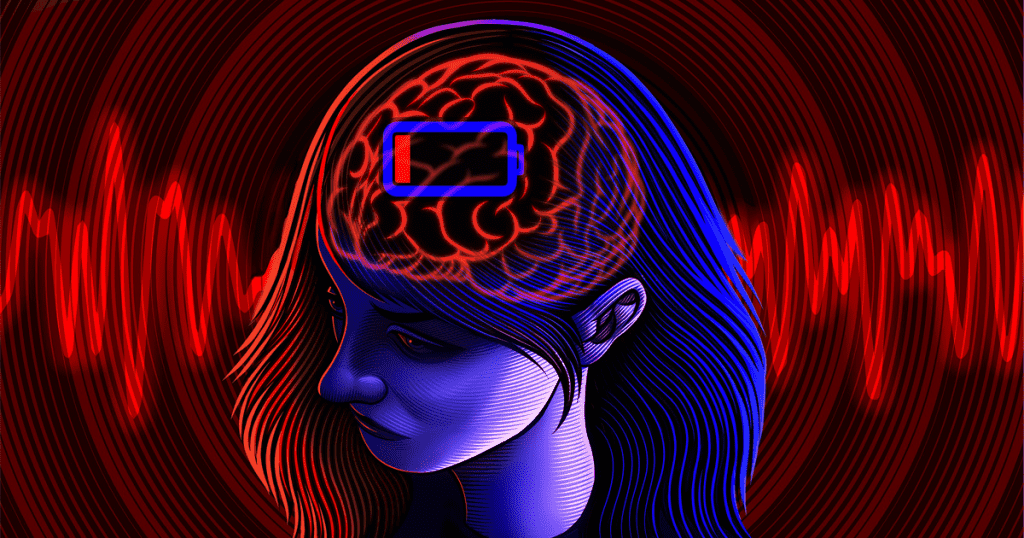We might have heard this ancient Roman proverb, “a healthy mind in a healthy body,” which has stayed staunch even in today’s world. This has led the researchers at the Medical Research Council (MRC) to conduct an experiment based on the varying temperatures rendered by our brains. The results of the research have demonstrated that the temperature of our brain depends on a lot of factors, including the time of the day, and the specific part of our brain. But most importantly, the overall results elucidated that our brain is the hottest part of our body in terms of temperature.

However, this initial research in the UK was aimed at two groups to assess their brain temperatures. The first group consists of those patients who have experienced any traumatic brain injury before and are in the intensive care unit. On the other hand, the second group is composed of volunteers who have deliberately participated in the study for the analysis of their brains and are healthy individuals. It should be noted that the brain temperatures of both groups were recorded during the daytime, night, and afternoon.
The average brain temperature for both groups stood at 101.3 degrees Fahrenheit, which is higher than the normal temperature. However, the variations show that during the night, the brain temperature was typically lower. Also, some parts of the brain are deeper than the rest and contain higher temperatures. Similarly, it would be exciting to note that women and older people also have higher brain temperatures.

On the other hand, another study regarding this was conducted as well, which has revealed some considerable facts. We have been taught in schools that the normal body temperature is 98.6 degrees Fahrenheit, but the research shows that it is not invariable and keeps on varying continuously. But if we need to examine and measure the brain temperatures, then examining the hospital’s patients is the best thing to do, as we can get credible results by instant check.
Coupled with this, the team has achieved a breakthrough by mapping the changes in a healthy brain temperature concerning space and time over a 4D temperature map and naming it “HEATWAVE.” Moreover, no possible relationship has been identified between the higher brain temperatures and the chances of survival. This is because the temperature of the brain can be as high as 105.62 degrees Fahrenheit and the person is completely normal without having any medical problems.

According to a study author, John O’Neill, Group Leader at the MRC Laboratory, “We found that brain temperature drops at night before you go to sleep and rises during the day. There is good reason to believe this daily variation is associated with long-term brain health — something we hope to investigate next. “
However, other researchers and scientists would also have a say in confirming the authenticity of the above-derived findings. Only if the results were declared to be authentic, then this would be a breakthrough in detecting major brain anomalies with the help of temperature variations.


